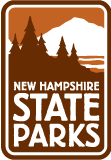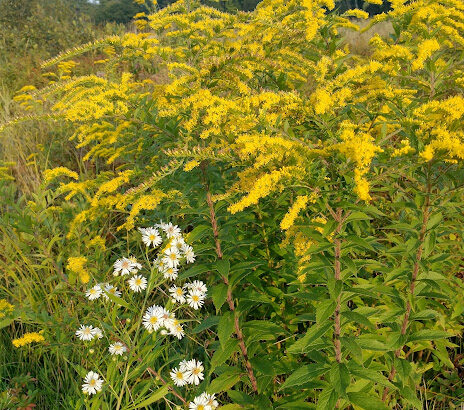By Kendra Dean, SCA Interpretive Ranger
It’s about that time of year- pumpkin patches, apple cider (donuts!), corn mazes- and of course, leaf peeping! Fall foliage is one of New England’s greatest claims to fame. While these canopies of color get all the glory, there is plenty of other beauty to be found during this season. Locals may know that this is also the time of year that flowers like goldenrod pop out, bringing bright bands of color throughout the landscape.
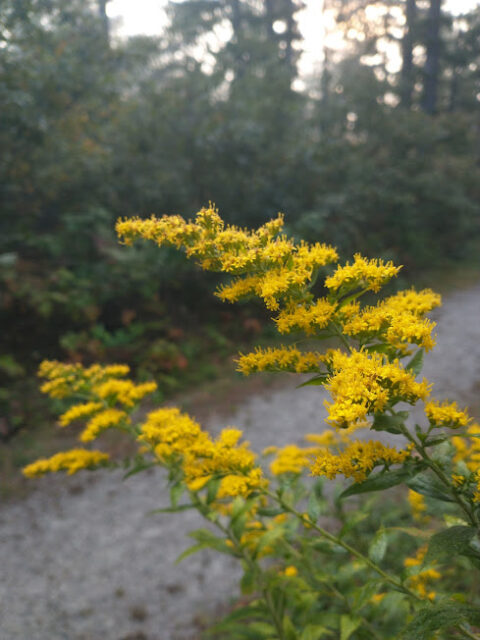
While there aren’t as many types of flowers to be found in the fall as there are throughout the spring, there are still quite a few- and it’s a good thing for the local wildlife that we have these late bloomers. There are still plenty of pollinators looking for nectar this time of year, including the beloved monarch butterfly.
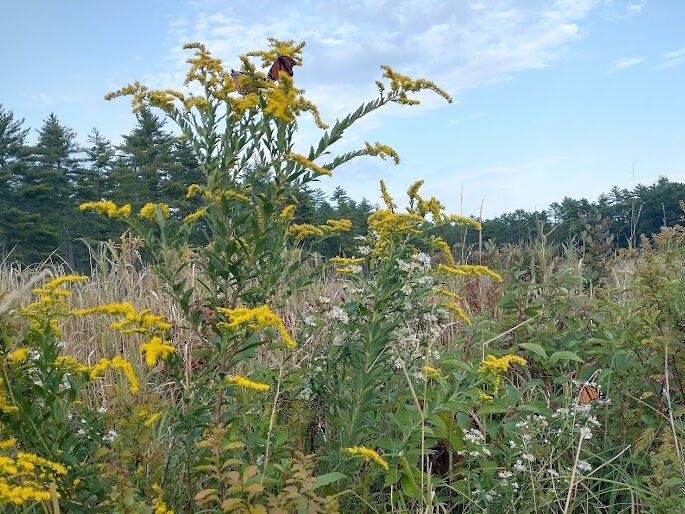
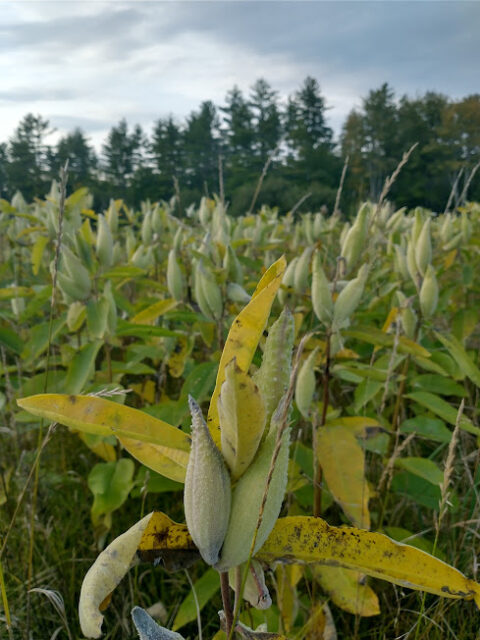
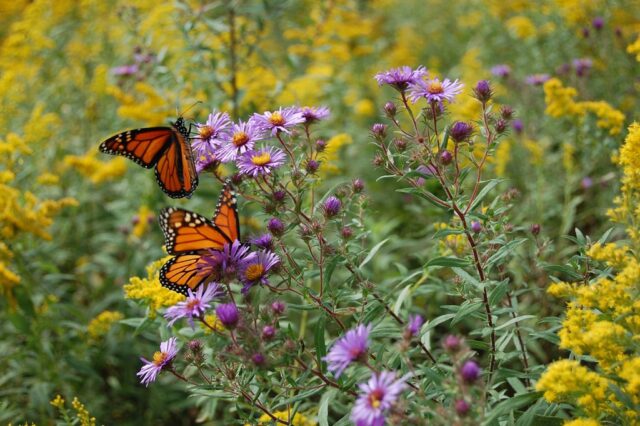
A quick note on these inspiring insects: one of the main fascinations surrounding these butterflies is that they take multiple generations to migrate north, but they fly south in one generation. It’s simply amazing that a creature so small can not only travel so far (up to 3,000 miles!), but that they also know how to get to the same place their ancestors came from without ever having been there. This year’s last generation of monarchs will begin to migrate south sometime in September or October- whenever they receive an unspoken queue from the changing of the season to go to their winter abodes.
In the picture above, you can see monarchs visiting another common fall flower: asters. These thin-petaled flowers come in white, yellow, pink or purple. Most of the asters I have seen lately are types of white asters.
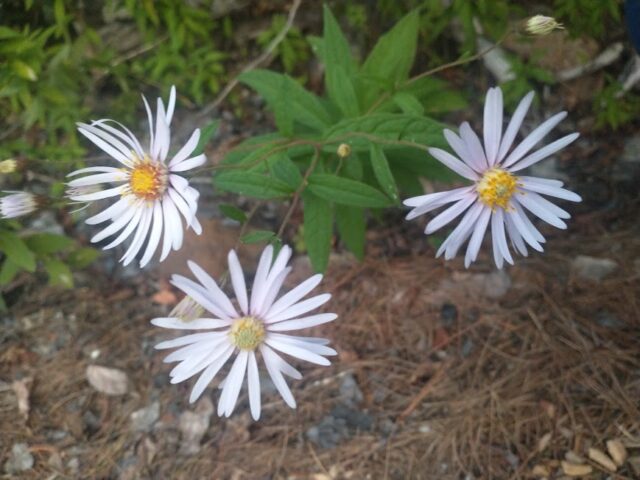
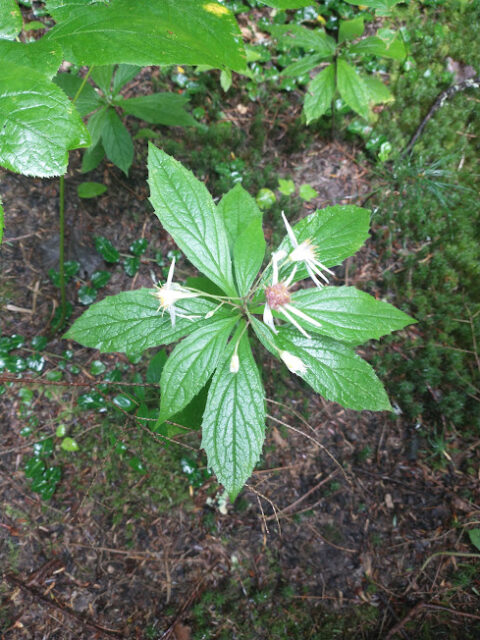


Butterflies, paper wasps, bumblebees, and many other pollinators rely on flowers such as asters and goldenrods for food in the fall. Not only do bugs visit the blooms to eat their nectar, but some insects prey on other bugs that might visit these flowers.


It is little wonder that so many bugs are attracted to goldenrod flowers, they even look like beacons of yellow pollen. Whether to find food or to find a mate, flowers are an imperative part of many bugs’ lives. These flowers not only help keep the local ecosystem healthy, but goldenrods have also provided important services to people who have lived off of this land for centuries. Goldenrod flowers have been used for a variety of medicinal purposes, including healing wounds and treating inflammation of the mouth and throat (and helps reduce allergies), diabetes, tuberculosis, and arthritis. Native Americans used it as a poultice for bee stings, and made a tea that helped reduce fever. Its many benefits inspired goldenrod’s Latin name: Solidago gigantea, solidago meaning “to make whole.”
As you celebrate the fall festivities at a farm, or if you are just going for a walk on a roadside or near a meadow, keep your eyes peeled for the plants and pollinators that are likely to be there. Picking some of these fall flowers can be a beautiful addition to your home decor; just remember to take only a little bit and leave plenty behind for others to enjoy, as well as for the local wildlife that rely on these plants, especially at this time of year when many other flowers are withering away. And of course, be sure to check yourself for ticks if you are wandering through tall grasses.
I highly recommend finding time to go to a field of wildflowers a bit before sunset- the golden hour rays that gently bathe the grasses and flowers in soft, yellow light is a worthy beauty to behold this fall season.
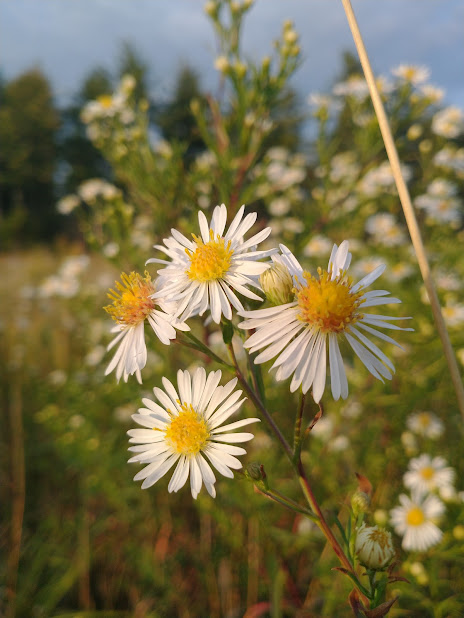
Finding a field of purple asters growing alongside goldenrods is in itself a visual treat. Robin Wall Kimmerer has a chapter in her book, Braiding Sweetgrass, describing the art and science behind why these flowers are often found growing together. The colors purple and yellow are interpreted by our eyes and bee eyes similarly, despite humans and bees interpreting many other colors differently. Yellow and purple are complementary colors, opposite each other on the color wheel – completely different colors. Kimmerer says: “Their striking contrast when they grow together makes them the most attractive target in the whole meadow, a beacon for bees. Growing together, both receive more pollinator visits than they would if they were growing alone.” The collaboration between these plants shows just one example of the interconnected nature of species within an ecosystem- there may be competition, but it often pays off to work together.
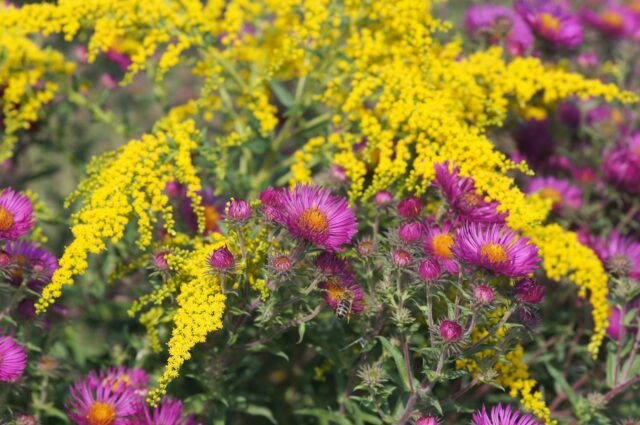
“When I am in their presence, their beauty asks me for reciprocity, to be the complementary color, to make something beautiful in response.” – Robin Wall Kimmerer, Braiding Sweetgrass
References:
Goldenrod: Not Just Another Pretty Face (psu.edu)
Ambush Bug (insectidentification.org)
Goldenrod Soldier Beetle: A late-summer friend in the garden (sdstate.edu)
